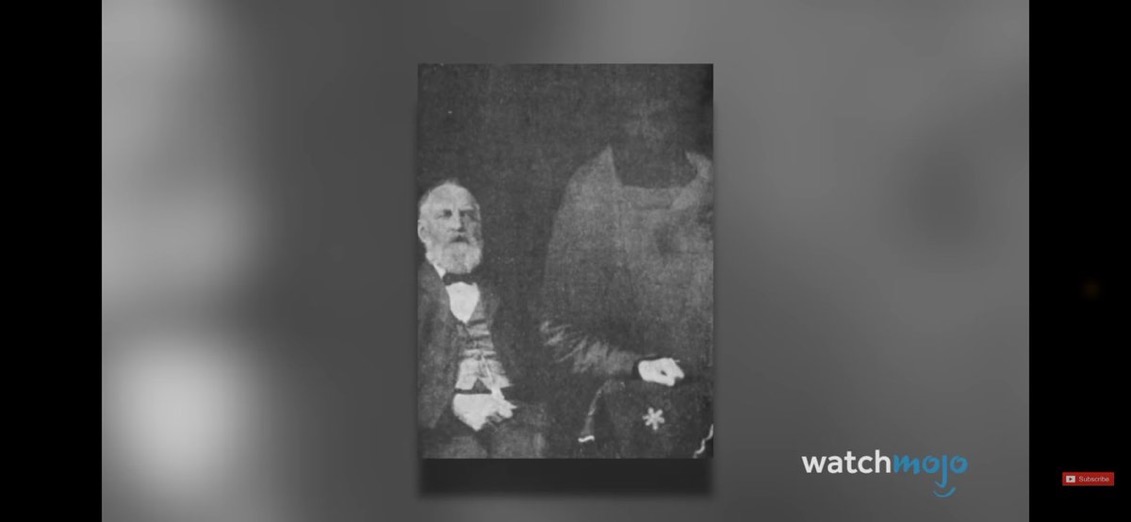Vintage Telemovie Of The Week: Vanishing Point (1997)
By Erin Free
A regular trope of the telemovie is the small screen remake of the big screen feature film. The decades since the birth of the television film have witnessed all manner of rethinks: Disney flicks (The Computer Wore Tennis Shoes, Freaky Friday, The Love Bug), iconic studio classics (check out Robert Urich and Carl Weathers subbing for Tony Curtis and Sidney Poitier in 1986’s The Defiant Ones), cult faves (the 1956 shocker The Bad Seed has been remade twice), new adaptations of plays and books that have already received high-profile feature adaptations (Treat Williams and Ann-Margret in A Streetcar Named Desire, Olivier Martinez and Helen Mirren in The Roman Spring Of Mrs. Stone, and so on), westerns (Willie Nelson, Johnny Cash and Kris Kristofferson in Stagecoach) and many, many more have all made their way from the cinema to the lounge room, with varying degrees of success. One of the most surprising features to get the small remake treatment was unquestionably the 1971 cult car flick Vanishing Point, which was repurposed for The Fox Network in 1997 with an ascendant Viggo Mortensen in the lead role.
Richard C. Sarafian’s 1971 gear-head essential Vanishing Point is one of the true cinematic signifiers of its era, a hard-charging, gravel-pounding car movie high on the fumes of its own tripped-out, anti-establishment spirit. Barry Newman stars as Kowalski, a car delivery driver jacked up on speed and barrelling down America’s desolate highways in a now iconic white Dodge Challenger. A Vietnam vet, a former race car driver, and an ex-cop, Kowalski’s lead-foot ways soon find him on the wrong side of the law, but he continues his breathless journey regardless, leaving a horde of haplessly pursuing cops in his dust. An occasionally hallucinogenic and rivetingly existential affair, Vanishing Point is pure early 1970s cinema, and the near equal of other wheels-to-the-bitumen counterculture classics like 1969’s Easy Rider and 1971’s Two-Lane Blacktop. In other words, Vanishing Point was not exactly the kind of film screaming out for a remake via the TV network built on the success of 21 Jump Street and Beverly Hills 90210.

Not surprisingly, writer/director Charles Robert Carner (a telemovie and episodic TV regular, who has also penned some interesting features, including Phillip Noyce’s 1989 Rutger Hauer-starrer Blind Fury and Robert Clouse’s nutty 1985 gymnastics martial arts mash-up Gymkata) strips much of the trippy 1970s-era weirdness out for his remake, but retains both the original’s essential plot and its anti-authoritarian stance, with exciting and very entertaining results. While Barry Newman’s Kowalski is an enigmatic figure, Mortensen’s Jimmy Kowalski is a far more traditional hero, and very much in the rugged individualist mode. He’s a Gulf War vet and a former stock car racer now delivering cars for a living; there’s no speed this time, and the 1990s Kowalski also has a pregnant wife at home ill with lupus, played by Beverly Hills 90210 alum Christine Elise. A good husband and a good man, Kowalski takes a job delivering a car to New Mexico to help pay for his wife Raphinia’s growing medical bills. When he arrives in New Mexico, Kowalski is tempted into another well-paying job, and agrees to steer a white 1970 Dodge Challenger R/T 426 Hemi to Salt Lake City, Utah.
Thankfully, this is where director Charles Robert Carner shows that he knows what he’s doing. Rather than put Kowalski behind the wheel of a flashy new contemporary sports car, the director is hip to the fact that a huge part of the appeal of the original film was its iconic vehicle – nearly a character in itself – and he sensibly sticks to the same car here, maintaining the original film’s muscle-car cool, and even upping its flair a little courtesy of Viggo Mortensen, a far edgier actor than the late Barry Newman, best known for the 1970s TV series Petrocelli. Charles Robert Carner impressively flashes his gear-head credentials in a scene where he has one character foolishly refer to the 1970 Dodge Challenger as “just a car”. Kowalski’s boss is very quick to respond and set him right. “The 1970 hemi Challenger is not just a car,” he says. “It is the apotheosis of American muscle car technology, okay? A reminder of when we were Number 1. Some people just don’t get it.”

Kowalski hits the road in the 1970 Dodge Challenger, but when his wife takes a turn for the worse and ends up in hospital, he hits the accelerator and heads back in her direction, almost instantly drawing the ire of the local cops. The backwater lawmen lean on Kowalski way too hard, and he tears away from them, quickly marking himself as a fugitive. As Utah cop Sergeant Preston (cult figure Steve Railsback of Helter Skelter and Turkey Shoot fame) makes it his mission to bring Kowalski in, and Federal Agent Warren Taft (Keith David) paints the fugitive as a possible domestic terrorist or drug runner in order to further his career, libertarian radio DJ The Voice (an enjoyable Jason Priestley rocking a handlebar moustache and a “Live Free Or Die” baseball cap) clocks Kowalski as an outlaw sticking it to The Man, and sets about lionising him over the airwaves and turning him into a media cause celebre.
Jimmy Kowalski, however, wants none of it. He just wants to get home to his sick wife. He guns it hard with the cops in pursuit, but makes a few stops along the way, meeting a collection of memorably unusual characters: helpful, eccentric desert snake wrangler Mose (Paul Benjamin), soulful Native American tribal leader Edward Sunsinger (Dances With Wolves’ Rodney A. Grant), and a couple of desert-dwelling oddballs played by Aussie actress Peta Wilson (who rides a motorbike in from the horizon while barely dressed in a cheeky nod to the original film’s infamous nude female motorcyclist scene) and legendary X frontman and occasional actor John Doe. Kowalski powers forward to reach his wife, all the way to a satisfyingly enigmatic climax that provides a nice mirror to the original’s famously existential denouement.

Filled with striking, spectacular scenes of fine-tuned vehicular mayhem and driven by a strong, characteristically charismatic turn from Viggo Mortensen – who was on the rise at the time courtesy of scene-stealing, exemplary turns in The Indian Runner, The Portrait Of A Lady, GI Jane and Daylight – Vanishing Point often feels more like a 1990s indie than it does a telemovie thanks to its gritty but poetic sense of style. The rich browns and yellows of America’s desert highways are evocatively shot, and there’s a strong sense of mood and atmosphere throughout, along with a bold air of anti-authoritarianism. While most viewers will likely pine for the trippy existentialism of the original (but likely not for its era-typical homophobia and sexism), Charles Robert Carner’s remake of Vanishing Point thrills and grips from the initial key-turn right through to the final climactic crunching of metal and glass.
Vanishing Point is very easy to find online, and in pretty good shape too.













